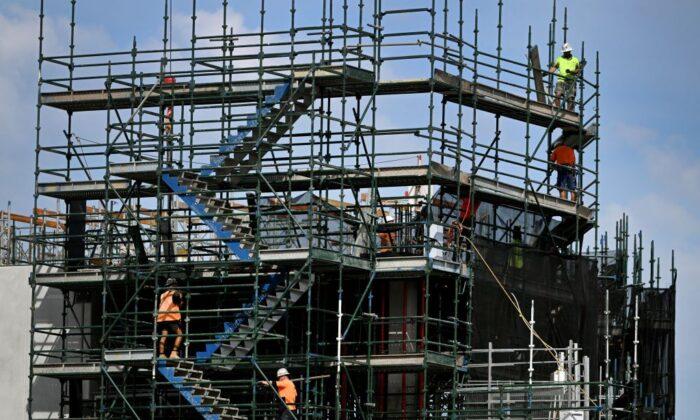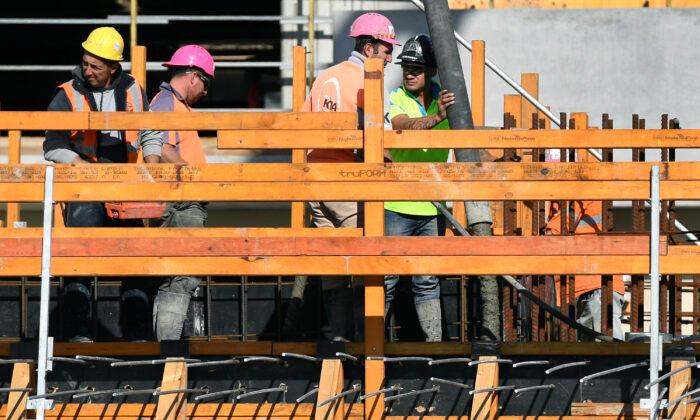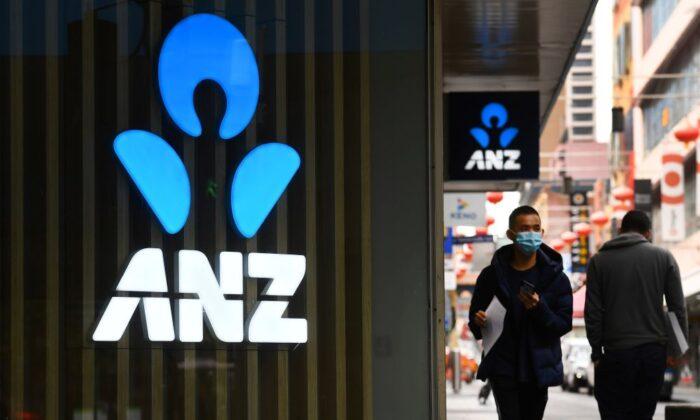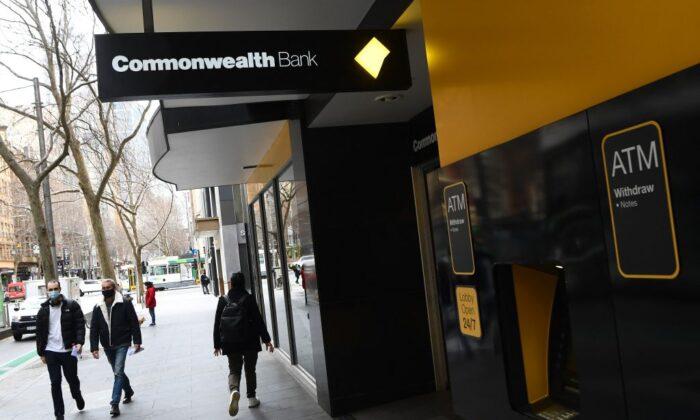New housing approvals across Australia continued to decline in April, plummeting to its lowest level in 11 years. The implications for housing supply deepen the concerns that the rental and affordability crisis would deteriorate further.
The overall decline is driven by a double-digit shrink in approvals for multi-units ( dwellings excluding detached houses), with the number of approved apartments, townhouses and semi-detached houses down by 16.5 percent to 3545, the lowest figure in 11 years.
The detached house sector also suffered further weakness in April, with new approvals recording a 3.6 percent drop, following a 3.7 percent decrease in March.
Housing Crisis Expected to Deepen
The lacklustre figures came amid the deteriorating rental crisis across the nation, with tenants facing rapidly rising rents as the supply of available properties dwindles significantly.Tom Devitt, Senior Economist of HIA (Housing Industry Association ), attributed the approval decline to the effect of the economic headwinds, which are set to persist for some time.
“The combination of construction cost blowouts, labour uncertainties, increased compliance costs and taxes on investors has seen approvals for multi-units fall.”
He warned that the continuing approval decline would exacerbate the rental crisis.
“These disappointing approvals numbers are occurring as population growth surges with the return of overseas migrants, students and tourists,” he said.
“This imbalance will see the affordability and rental crisis deteriorate further.”
The RBA governor Philip Lowe expressed the same concern.
“Are there two percent more houses? No,” he said.
RBA is forecasting rents will grow about 10 percent, and Lowe said some were faring worse due to low supply.
Grim Outlook for Housing Industry
The weakness in approvals reflects multiple challenges constraining the new housing development, which is experiencing a slowdown in both new home sales and construction activities.In its latest quarterly industry Outlook report released on May 18, HIA predicates that the new home-building activities will keep shrinking until the next year.
He said the building activity is drying up as new home sales volumes have almost halved since the interest rates started to go up last year. In the meantime, there has been a rapid slowdown in the volume of new building projects entering the pipeline, especially new apartments.
“Leading indicators of home building activity have fallen to exceptionally low levels, ” he said. “New home sales are almost 50 percent lower than a year ago. Lending for the purchase or construction of a new home has fallen to its lowest level since 2008.”
“The rise in the cash rate is the key reason for the slowdown in the number of new homes commencing construction. There are long lags in this cycle, and the full Impact of the increases to date will not be apparent until late 2024.”
While recognizing the impact of lending curbs on the industry, Reardon points out other chronicle constraints.
“Beyond the rise in the cash rate, the supply of new homes is also constrained by a range of regulatory and cyclical challenges, ” he said. “Removing barriers to investment, reforming local council planning processes and stable economic settings are also necessary steps.”





Friends Read Free